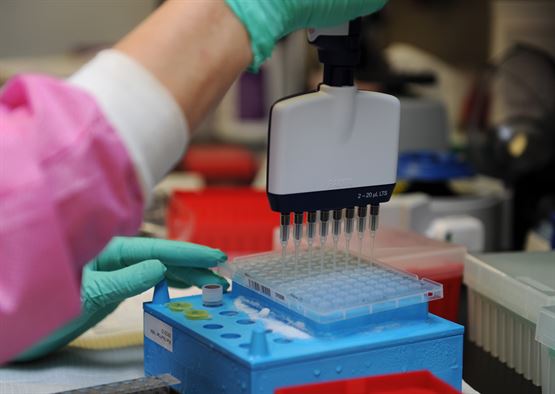The uncertain future of genetic testing
By Carrie Arnold,
Mosaic Science
| 07. 18. 2017
Bringing genetics into medicine leads to more accuracy, better diagnosis and personalised treatment – but not for all. Carrie Arnold meets families for whom gene testing has led only to unanswered questions.
AnneMarie Ciccarella, a fast-talking 57-year-old brunette with a more than a hint of a New York accent, thought she knew a lot about breast cancer. Her mother was diagnosed with the disease in 1987, and several other female relatives also developed it. When doctors found a suspicious lump in one of her breasts that turned out to be cancer, she immediately sought out testing to look for mutations in the two BRCA genes, which between them account for around 20 per cent of families with a strong history of breast cancer.
Ciccarella assumed her results would be positive. They weren’t. Instead, they identified only what’s known as a variant of unknown or uncertain significance (VUS) in both BRCA1 and BRCA2. Unlike pathogenic mutations that are known to cause disease or benign ones that don’t, these genetic variations just aren’t understood enough to know if they are involved or not...
Related Articles
By Emily Glazer, Katherine Long, Amy Dockser Marcus, The Wall Street Journal | 11.08.2025
For months, a small company in San Francisco has been pursuing a secretive project: the birth of a genetically engineered baby.
Backed by OpenAI chief executive Sam Altman and his husband, along with Coinbase co-founder and CEO Brian Armstrong, the startup—called...
By Jessica Hamzelou, MIT Technology Review | 11.07.2025
This week, we heard that Tom Brady had his dog cloned. The former quarterback revealed that his Junie is actually a clone of Lua, a pit bull mix that died in 2023.
Brady’s announcement follows those of celebrities like Paris...
By Emily Mullin, Wired | 10.30.2025
In 2018, Chinese scientist He Jiankui shocked the world when he revealed that he had created the first gene-edited babies. Using Crispr, he tweaked the genes of three human embryos in an attempt to make them immune to HIV and...
Public domain portrait of James D. Watson by Cold Spring Harbor Laboratory
and the National Human Genome Research Institute on Wikimedia Commons
James Watson, a scientist famous for ground-breaking work on DNA and notorious for expressing his antediluvian opinions, died on November 6, at the age of 97. Watson’s scientific eminence was primarily based on the 1953 discovery of the helical structure of DNA, for which he, Francis Crick and Maurice Wilkins shared the 1962 Nobel Prize in Physiology or...




